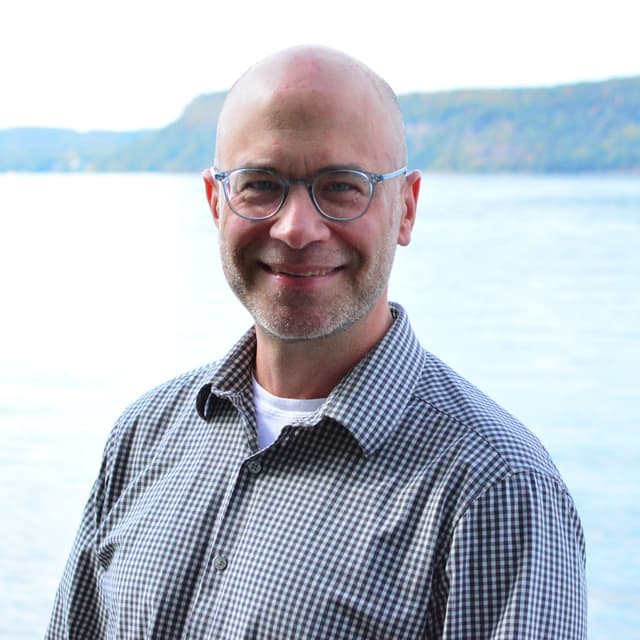
Protecting Hudson River watershed drinking water at the source
Riverkeeper ensures that drinking water sources stay clean and safe through vigilant advocacy and conservation efforts
The challenge
Threats to a human right

- Focus areas
- Drinking waterWater quality
What we're doing
Improving state policies
~400,000
people rely on the Hudson River Estuary, Upper Hudson River, Mohawk River, and Peekskill Hollow Brook as a source of drinking water
145
water supplies serving 2.65 million New Yorkers — of these, more than half delivered tap water with sodium levels exceeding health guidelines, due to excessive use of road salt
Protecting local water sources is about environmental justice
Cleaning up PFAS contamination in Newburgh
Protecting the Hudson as a drinking water source

Dan Shapley
Senior Director of Advocacy, Policy and Planning






